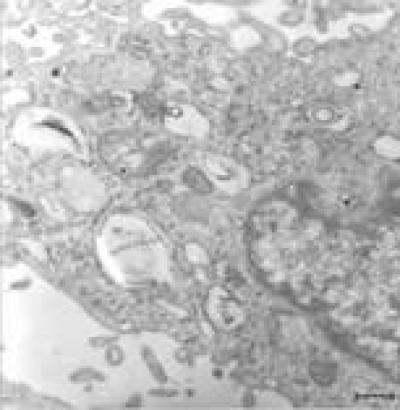Previous studies by Shaohua Gu and team from Shanghai Pudong New Area Zhoupu Hospital showed that rapamycin-induced autophagy decreased the rate of apoptosis, but the rate of apoptosis was increased after the autophagy inhibitor, 3-methyladenine, was used, indicating autophagy may be involved in mediating neuronal death in cerebral ischemia. A recent study reported by Gu et al showed that autophagic and lysosomal activity is increased in ischemic neurons, and the activation of autophagic and lysosomal pathways can provide nutrition and energy for the survival of ischemic neurons, which was published in the Neural Regeneration Research (Vol. 8, No. 23, 2013). Researchers believe that abnormal components in cells can be eliminated through upregulating cell autophagy or inhibiting autophagy after ischemic brain injury, resulting in a dynamic balance of substances in cells. Moreover, drugs that interfere with autophagy may be potential therapies for the treatment of brain injury.

After tail vein injection of rapamycin, autolysosome with bilayer structures formed in the cytoplasm of ischemic rat cerebral cortical neurons, and there are deep-dyed particles.
(Photo Credit: Neural Regeneration Research)
Source: Neural Regeneration Research